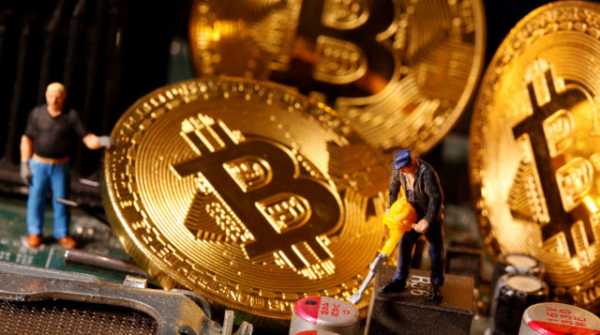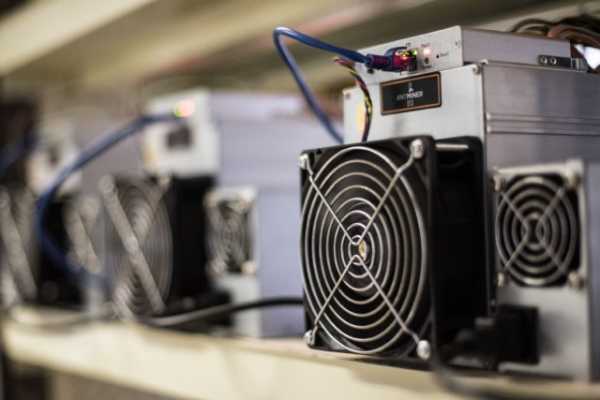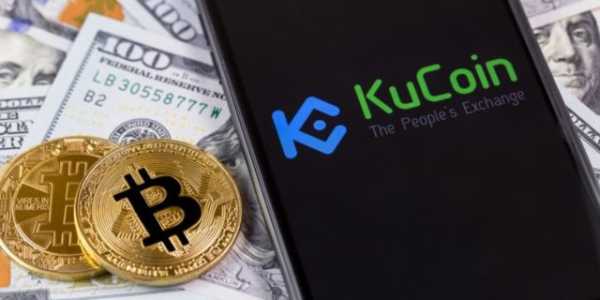Hive's Frank Holmes on Bitcoin Mining Expansion in Paraguay

Frank Holmes has extensive financial management experience, having invested in gold mining companies, helped create gold royalty companies, and developed financial solutions for the aviation sector, all through US Global Investors (GROW), the publicly traded investment firm he has led since 1989.
He is also the chairman of HIVE Digital Technologies (HIVE), a $345 million market cap Bitcoin mining company that is rapidly expanding its operations in Paraguay, thanks to the recent acquisition of facilities formerly owned by another miner, Bitfarms. The idea for the company, he says, came about after an attempt to launch a spot Bitcoin exchange-traded fund (ETF) in 2017.
HIVE has been committed to green principles from the start. Its first facility used geothermal energy in Iceland and another used hydroelectric power in Sweden, just 100 kilometers south of the Arctic Circle. The company now plans to have about 430 megawatts (MW) of infrastructure up and running by the third quarter of 2025 — enough to power a city of 86,000 homes.
Holmes will speak at the BTC & Mining Summit as part of the Consensus 2025 conference, which will take place in Toronto on May 14-15.
Ahead of the event, Holmes shared his views on HIVE's place in the broader mining industry, the company's intentions to repurpose its GPUs for AI, and future plans.
This interview has been condensed and edited for clarity.
CoinDesk: HIVE has repurposed some of its GPUs for AI. Can you talk about that?
Frank Holmes: We used to have 130,000 AMD chips and we were mining Ethereum (ETH). We were mining about 6% of the world's Ethereum, and it was quite profitable. When that stopped [with Ethereum's transition to Proof-of-Stake in 2022], we used our GPU experience and replaced a lot of our AMD with Nvidia chips. That gave us the opportunity to start moving into AI.
The difference between a basic ASIC miner and Nvidia chips is like comparing a Bronco to a Ferrari. The sophistication of the engine, the design, all the parts that go into a high-performance car, that's more of a GPU thing. When the Antminers S21 Pro arrive, it only takes us six hours to unpack them and hook them up. When Nvidia chips like the H100 arrive, it takes six weeks to get them up and running. It's a whole other skill level.
When you build a Bitcoin mining infrastructure, you spend a million dollars per megawatt of electricity. When you move to high-performance computing (HPC), the requirements are so high that the costs can rise to $10 million per megawatt. That's not including the hardware. The logistics engineering requirements are much higher, and the capital costs are higher.
When it comes to getting electricity for Bitcoin mining, you can use variable energy, and the key aspect is the cost of electricity. In Sweden, we can reduce the consumption from 30 megawatts to 3 megawatts in just 15 seconds. So we can feed the electricity back into the grid or use it.
With HPC, you need to be connected all the time, so you need backup generators and batteries. Power stability becomes much more critical for HPC than for Bitcoin mining. So you have a certain matrix to work with.
Does the Trump administration's tariff policy affect your business?
We closely monitor the situation in the US, as it is important for our brand and liquidity. However, we have never operated in the US, as we were concerned about the excessive influence of the regulators in Washington. They actually targeted auditors to go after anyone involved in cryptocurrency. So we decided to remain neutral in this jurisdiction. Then, after Trump won, we made the decision to move our headquarters. This is strategically important, as if your office is in the US, you can participate in many different indices. At the moment, we do not have mining operations in the US.
But you have significantly expanded your capabilities in Paraguay.
I believe what happened in Paraguay with Bitfarms was that their CEO left and there was a vacuum. Riot (RIOT) tried to negotiate to buy them and take control of their assets. At that time, the Paraguayan government imposed a tariff on Bitcoin miners, which was kind of weird, but it happened and I believe it will be lifted next year. This whole situation was troubling the new CEO, who decided to focus on the US. So they teamed up with Stronghold (SDIG) to essentially become a US company through a reverse takeover.
They still have 80 megawatts of power in Paraguay, but we are now taking over most of the operations. We are finishing the construction and we are looking forward to it. We already have several machines running. We have the highest growth potential in 2025 of all Bitcoin miners. We have not resorted to such convertible bonds to acquire Bitcoin. Most companies have paid much higher prices. We have not done this because we understand how risky it can be.
Source: cryptonews.net



